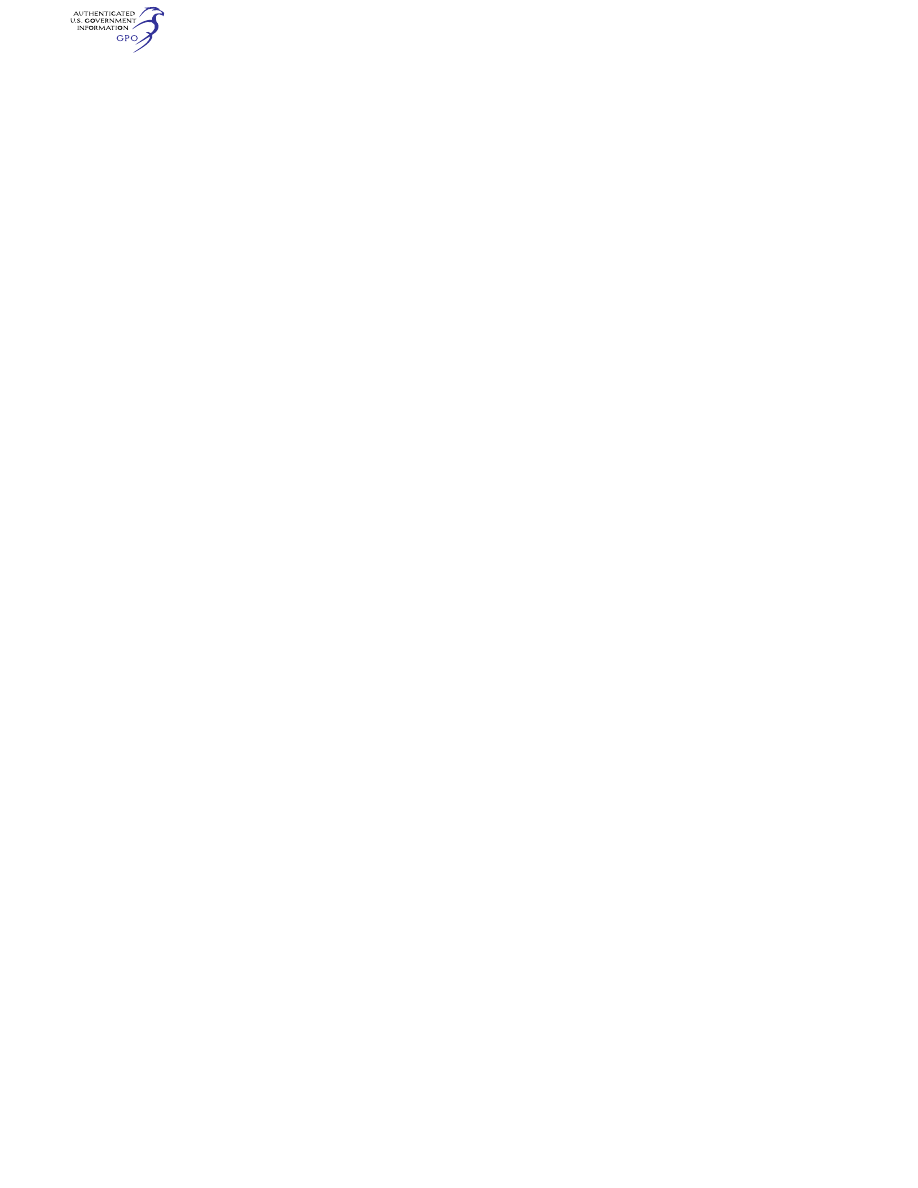
454
14 CFR Ch. I (1–1–24 Edition)
§ 135.157
also subject to the requirements of
§ 135.152(e).
(d)
Compliance.
Compliance is re-
quired as follows:
(1) No later than October 20, 2011,
each operator must determine, for each
aircraft on its operations specifica-
tions, whether the aircraft’s DFDR sys-
tem is filtering any of the parameters
listed in paragraph (c) of this section.
The operator must create a record of
this determination for each aircraft it
operates, and maintain it as part of the
correlation documentation required by
§ 135.152 (f)(1)(iii) or (f)(2)(iii) of this
part as applicable.
(2) For aircraft that are not filtering
any listed parameter, no further action
is required unless the aircraft’s DFDR
system is modified in a manner that
would cause it to meet the definition of
filtering on any listed parameter.
(3) For aircraft found to be filtering a
parameter listed in paragraph (c) of
this section the operator must either:
(i) No later than April 21, 2014, re-
move the filtering; or
(ii) No later than April 22, 2013, sub-
mit the necessary procedure and test
results required by paragraph (c)(2) of
this section.
(4) After April 21, 2014, no aircraft
flight data recording system may filter
any parameter listed in paragraph (c)
of this section that does not meet the
requirements of Appendix D or F of
this part, unless the certificate holder
possesses test and analysis procedures
and the test results that have been ap-
proved by the FAA. All records of
tests, analysis and procedures used to
comply with this section must be
maintained as part of the correlation
documentation required by § 135.152
(f)(1)(iii) or (f)(2)(iii) of this part as ap-
plicable.
[Doc. No. FAA–2006–26135, 75 FR 7357, Feb. 19,
2010]
§ 135.157 Oxygen equipment require-
ments.
(a)
Unpressurized aircraft.
No person
may operate an unpressurized aircraft
at altitudes prescribed in this section
unless it is equipped with enough oxy-
gen dispensers and oxygen to supply
the pilots under § 135.89(a) and to sup-
ply, when flying—
(1) At altitudes above 10,000 feet
through 15,000 feet MSL, oxygen to at
least 10 percent of the occupants of the
aircraft, other than the pilots, for that
part of the flight at those altitudes
that is of more than 30 minutes dura-
tion; and
(2) Above 15,000 feet MSL, oxygen to
each occupant of the aircraft other
than the pilots.
(b)
Pressurized aircraft.
No person may
operate a pressurized aircraft—
(1) At altitudes above 25,000 feet
MSL, unless at least a 10-minute sup-
ply of supplemental oxygen is available
for each occupant of the aircraft, other
than the pilots, for use when a descent
is necessary due to loss of cabin pres-
surization; and
(2) Unless it is equipped with enough
oxygen dispensers and oxygen to com-
ply with paragraph (a) of this section
whenever the cabin pressure altitude
exceeds 10,000 feet MSL and, if the
cabin pressurization fails, to comply
with § 135.89 (a) or to provide a 2-hour
supply for each pilot, whichever is
greater, and to supply when flying—
(i) At altitudes above 10,000 feet
through 15,000 feet MSL, oxygen to at
least 10 percent of the occupants of the
aircraft, other than the pilots, for that
part of the flight at those altitudes
that is of more than 30 minutes dura-
tion; and
(ii) Above 15,000 feet MSL, oxygen to
each occupant of the aircraft, other
than the pilots, for one hour unless, at
all times during flight above that alti-
tude, the aircraft can safely descend to
15,000 feet MSL within four minutes, in
which case only a 30-minute supply is
required.
(c) The equipment required by this
section must have a means—
(1) To enable the pilots to readily de-
termine, in flight, the amount of oxy-
gen available in each source of supply
and whether the oxygen is being deliv-
ered to the dispensing units; or
(2) In the case of individual dis-
pensing units, to enable each user to
make those determinations with re-
spect to that person’s oxygen supply
and delivery; and
(3) To allow the pilots to use undi-
luted oxygen at their discretion at alti-
tudes above 25,000 feet MSL.